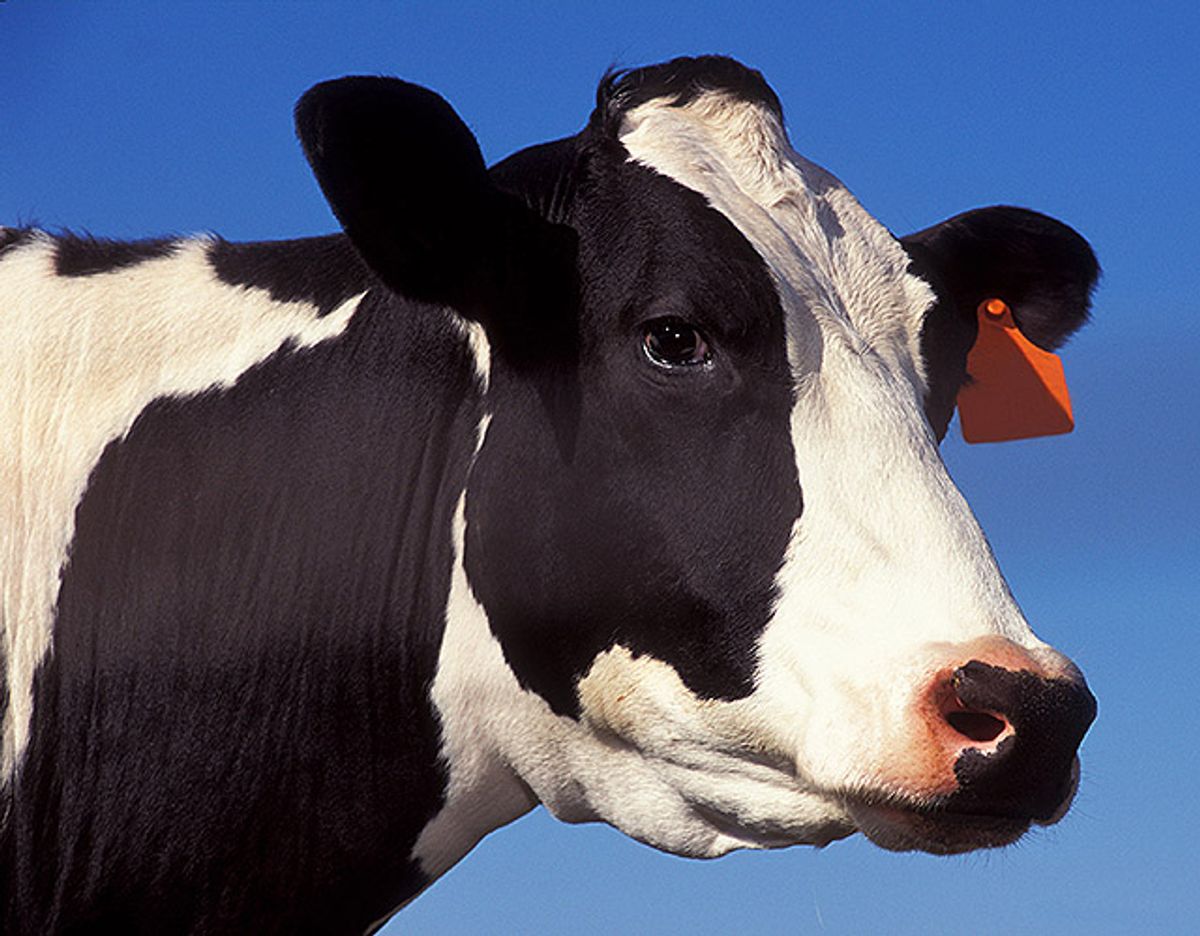Muscular "super cattle" have been produced through genetic mutation and decades of selective breeding.
Muscular "super cattle" are not technically the result of "genetic engineering" (i.e., the process of manually adding new DNA to an organism’s genome).
Photographs and videos like this one, showing shockingly muscled cows ambling in a field, has been used for years to demonstrate either the powers of selective engineering or the pitfalls of genetic modification, depending on whom you ask:
https://www.youtube.com/watch?v=T4a0JsVfd5c
The bovines featured in this video are real, and they belong to a breed of cattle known as Belgian Blues. Another breed, Piedmontese cattle, exhibit similarly sculpted muscles. Though their origins can be traced back over a century, the majority of viral posts about these buff livestock stem from a clip of a National Geographic documentary from 2008:
https://www.youtube.com/embed/Nmkj5gq1cQU
These cows have been selectively bred to produce large, lean, protein-rich meat. A 1997 study in Genome Research describing Belgian Blue genetics described their characteristics this way:
Compared with normal cattle, Belgian Blue and Piedmontese animals have an increased proficiency to convert feed into lean muscle and produce a higher percentage of the most desirable cuts of meat. These animals have less bone, less fat, and 20% more muscle on average.
These traits occur because of a heritable condition known as “double muscling”, the result of a genetic mutation that disrupts the production of myostatin, a growth hormone. Typically, myostatin inhibits the production of muscle fibers, but Belgian Blues do not have this check on their muscle development.
A 1997 paper published in Nature Genetics describes the result of that mutation:
Double-muscled animals are characterized by an increase in muscle mass of about 20%, due to general skeletal-muscle hyperplasia — that is, an increase in the number of muscle fibers rather than in their individual diameter.
In Belgian Blues, this genetic trait has been further exaggerated through decades of selective breeding — essentially a fast-tracked version of natural selection where breeders pick only the most muscular cows to mate with each other. According to the American Blue Cattle Association, this particular practice has been going on for decades:
Following the Second World War, a liberated European economy quickly demanded an increased quality and quantity of meat, particularly those cuts of high retail value. This economic demand accelerated the development of Belgian Blue cattle in a more heavily muscled direction.
Finally, in 1974, the breed was divided into two branches, one for continued use as a dual purpose animal and the other exclusively for meat production. The vast majority of breeders concentrated their efforts on breeding the Belgian Blue for beef production.
Today we see the result of the 150 years of work in the modern Belgian Blue. It is important to note that the term “scientifically engineered,” which is attached to many posts sharing the video, has led some to conclude falsely that these cattle are genetically engineered. Genetic engineering is the process of manually adding new DNA to an organism’s genome, a technique not employed in Belgian Blue breeding.
That does not mean, however, that this process doesn’t put a strain on the animals. A review of double muscling in cattle concluded that "double muscling is associated with some production problems such as reduced fertility, dystocia and reduced calf survival."

